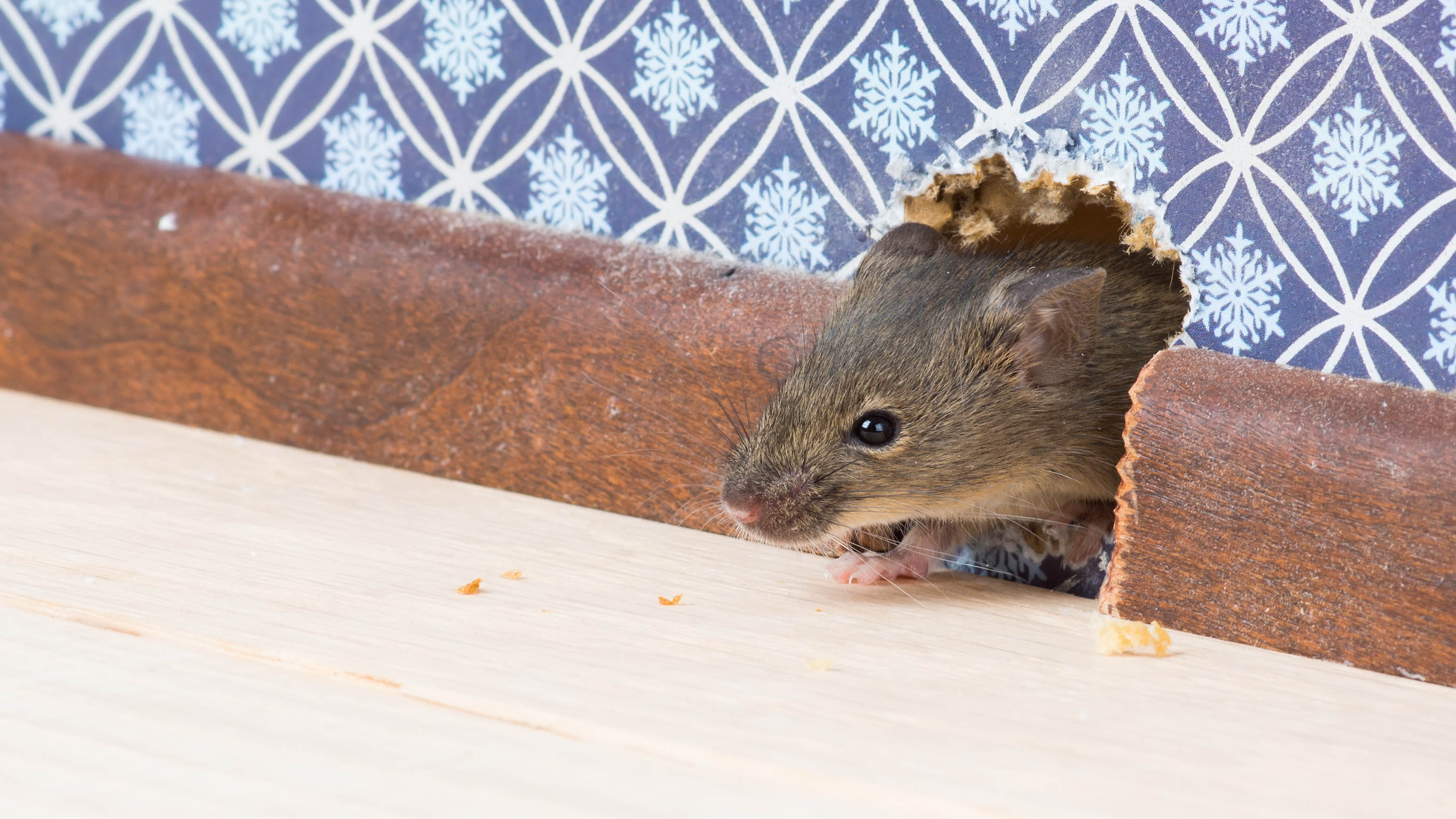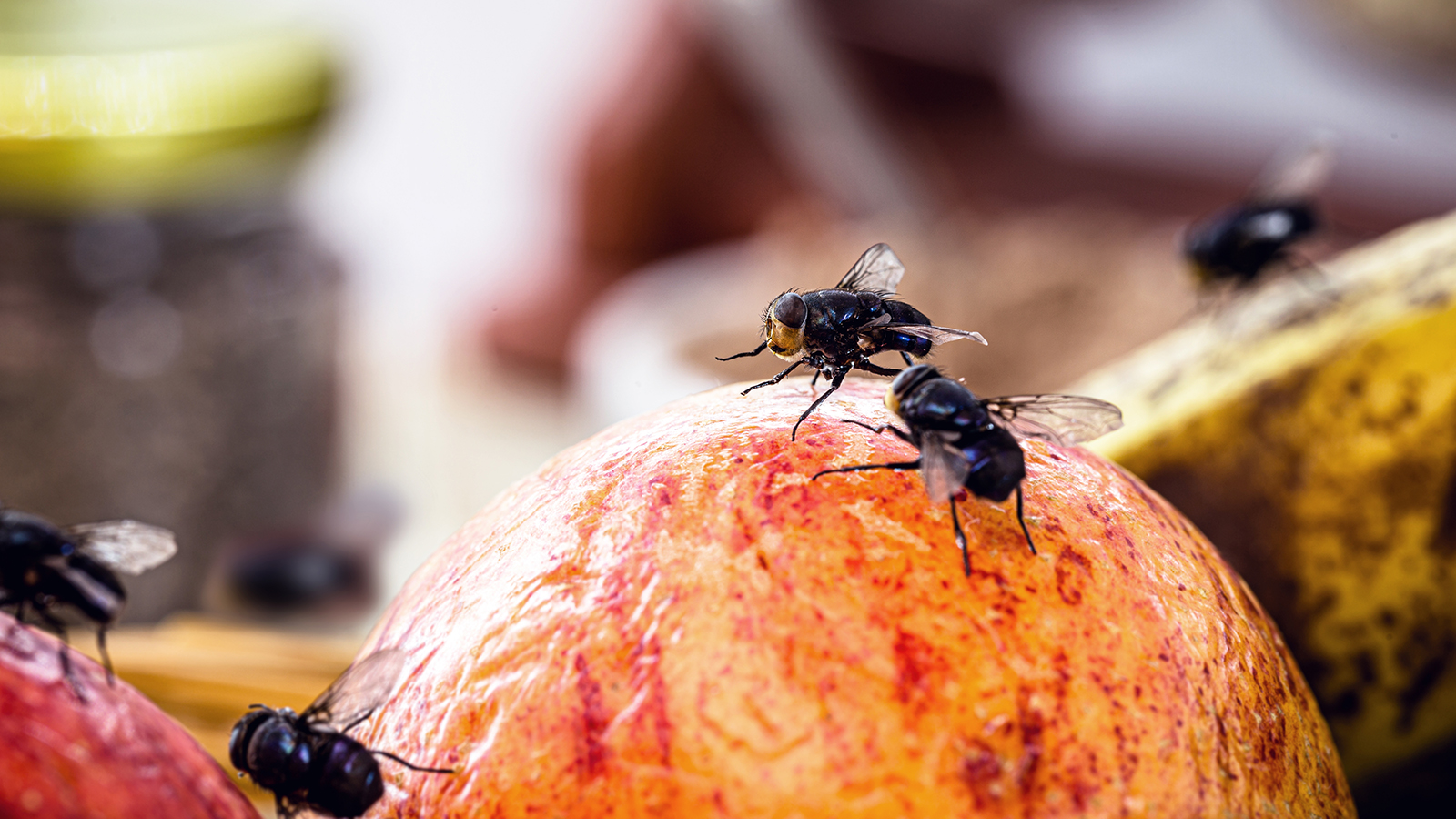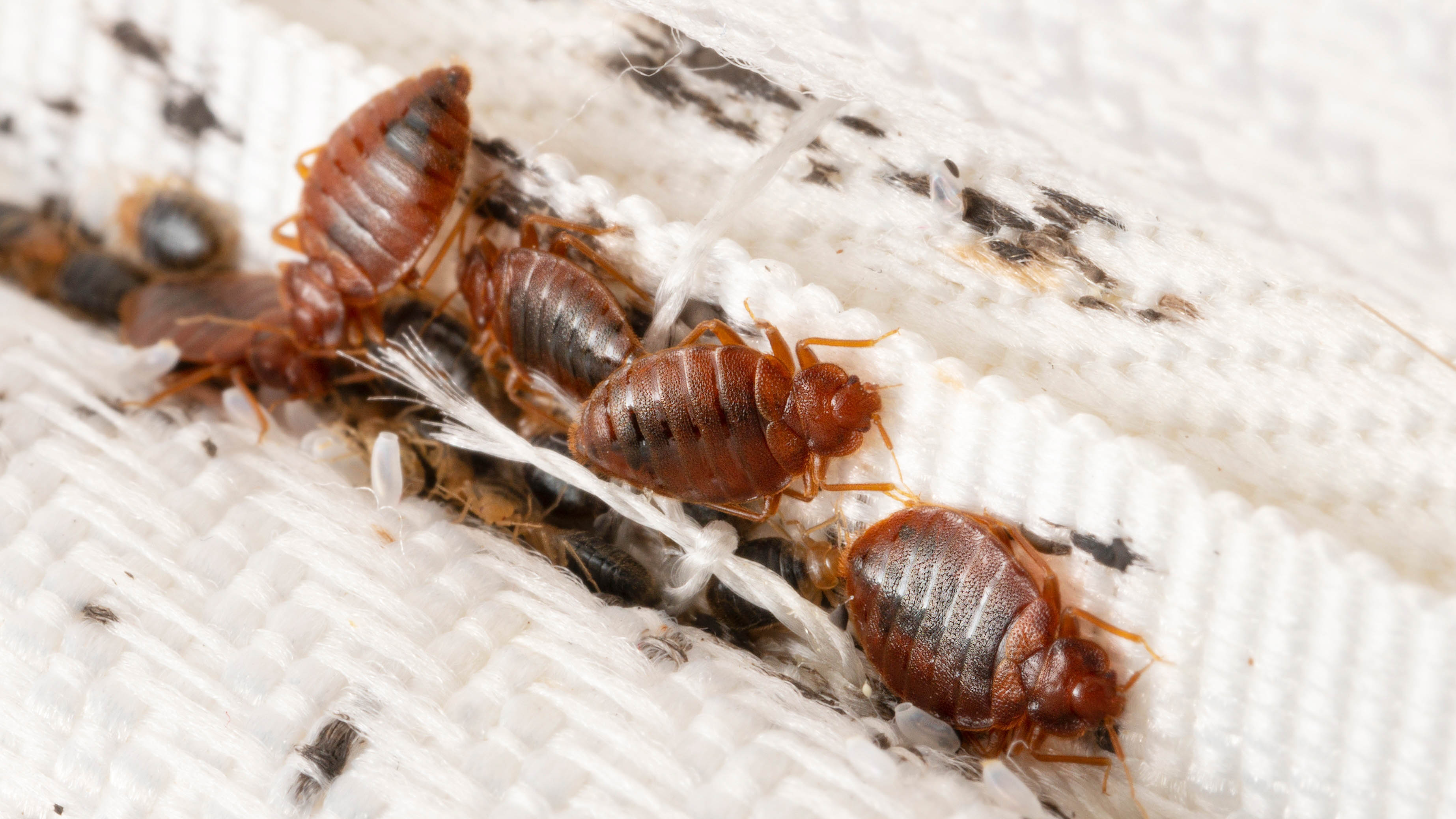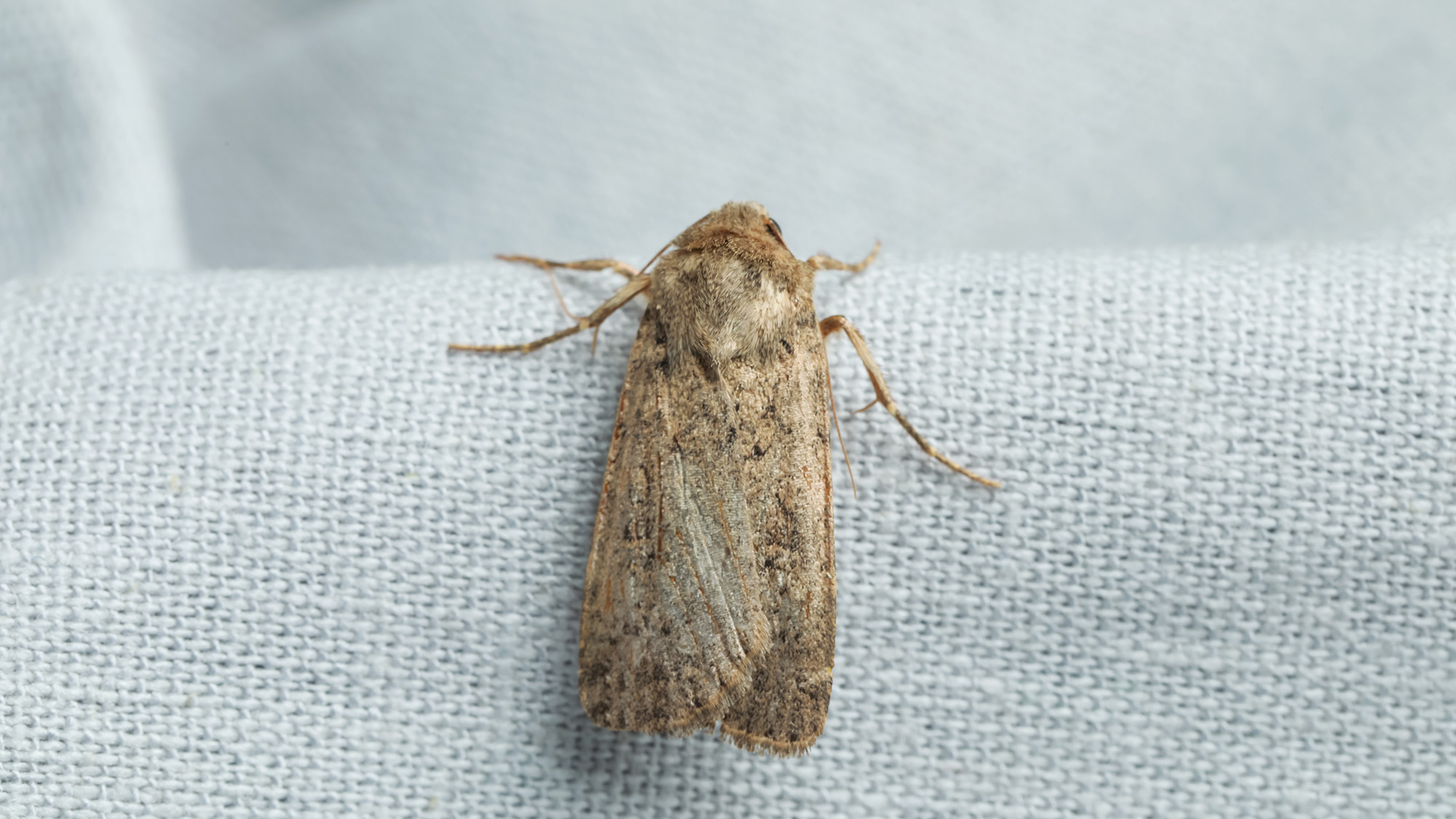
As the weather cools and we spend more time indoors, other creatures follow suit. But, although we are happy for our pets to snuggle up inside, other critters are trying to sneak in too.
The warmth and shelter provided inside our homes aren’t just enticing to us and our pets; pests are also seeking the cozy conditions. From mice scurrying across the kitchen floor to spiders lurking in bathroom corners, insects and rodents are entering from outside, with the likelihood of giving us a few nasty surprises and the risk of infestations.
Despite being a common annual problem, it can still be challenging to know how to effectively tackle these unwelcome pests and prevent them from returning.
So, to help you understand how to deal with these unwanted visitors, I called on the help of Sophie Thorogood, training and technical manager at Pest-Stop, to share how to manage five common pests this season.
1. Spiders

Fall is peak spider season, when these insects start to seek warm, dry places to find shelter and a mate. It is at this time that they begin to make their way indoors or into backyard sheds and outbuildings.
But how do you stop spiders from taking over your home? Regular vacuuming removes both spiders and their webs, disrupting their ability to settle in,” says Thorogood, and she adds, “Pay attention to corners, under furniture and around window frames where spiders typically hide.”
Pay attention to corners, under furniture and around window frames where spiders typically hide
Sophie Thorogood
But how do you stop spiders from taking over your home? Regular vacuuming removes both spiders and their webs, disrupting their ability to settle in,” says Thorogood, and she adds, “Pay attention to corners, under furniture and around window frames where spiders typically hide.”
Instead of using your best vacuum cleaner to remove the webs or a duster, she suggests using a special spider vacuum. This Bug Vacuum Catcher is available for $23 at Amazon and can also be used to remove other types of bugs.
It also helps to know the other places where spiders love to hide and how to get rid of spiders to keep them out of your home.
2. Rodents

Personally, I can deal with spiders, but rodents are one pest that will have me running the other way. But apart from scaring me, they can also cause serious structural damage to our homes with their constant gnawing.
Apart from causing damage, mice and rats can also carry a host of diseases and should be dealt with promptly. Although it will help to know the difference between mice and rats to identify the type of rodent you are dealing with.
Thorogood explains, “Rats can squeeze through gaps as small as 12mm (0.5in), while mice need just 6mm (0.25in).”
To ensure your home doesn’t become infested, she recommends checking your home’s steps, damaged air bricks, garage doors, and pipes for possible entry points. What’s more, she suggests storing any potential food sources, such as bird feed, in sealed metal containers rather than plastic bags, to discourage them from feeding.
But what is the best way to get rid of mice and rats quickly and safely? “If signs of activity are detected, trapping is a great way to safely remove rodents without secondary infestations,” explains Thorogood.
“Homeowners have several options, from humane live-catch or traditional traps for faster results,” she adds.
Whichever you decide to use, she recommends checking them daily, especially if they are live cage traps, to ensure the rodents don’t die of starvation or dehydration.
3. Flies

Although we often associate flies with summer pests, they remain active in early fall, even when the weather is still mild. You may notice them around food waste and compost bins.
To prevent flies becoming a nuisance, Thorogood advises keeping on top of emptying your trash and sealing your bins. It will also help to keep your windows and doors closed, or you could install fly screens to prevent pests from entering your kitchen and transferring bacteria, such as Salmonella, onto food surfaces.
There are other precautions you can take too. “Flying insect sprays provide immediate relief, while sticky traps help monitor and reduce fly populations over time,” Thorogood advises.
You can also try a few hacks to get rid of flies, including putting cucumber slices by your windows or using other household staples to deter them.
While, if you are still brave enough to eat outdoors in the fall, you may have one of the best fire pits to keep you warm, Thorogood recommends using mesh food traps and strategically placed traps to protect your guests.
Although she warns to look out for cluster flies that enter homes to escape the cold weather outside. And she adds that they are often found in attics, or warm, sunny spots near windows, and will move out when the weather warms up in spring.
4. Bed bugs

Bed bugs can still be an issue during fall. Although Thorogood says they have decreased from higher summer numbers, they still remain a year-round concern, as they are often transported in luggage and survive in heated homes over winter.
To prevent them from entering your home, she suggesting storing suitcases on hotel luggage racks when you are on vacation, and checking your bags for bed bugs when you return home, as they hide in small crevices and multiply quickly.
If you want to know how to get rid of bed bugs, there are home remedies you can try, or Thorogood suggests using a bed bug removal kit.
5. Moths

Clothes and pantry moths can become a particular problem during the fall when you start to bring winter clothes out of storage and stock up on dried goods. And if you haven’t already put away your summer clothes, you might be eager to learn how to store seasonal clothes to protect and keep them smelling fresh.
To prevent moths from causing damage, Thorogood recommends vacuuming wardrobes and storage areas regularly to remove the eggs and larvae. She suggests storing fibers, such as wool, in vacuum-sealed bags when not in use. It will also help to wash clothes at a minimum of 122°F (50°C) to kill any moths. While in the pantry, she recommends keeping dried foods in airtight containers.
To target moths, Thorogood explains, “Pheromone traps are highly effective for capturing adult male moths before they breed, breaking the cycle.”
Top tip
“The best time to pest-proof your home is before you have a problem“ concludes Thorogood. “A few simple preventative measures implemented now can save homeowners from much bigger headaches later on.”
Follow Tom's Guide on Google News and add us as a preferred source to get our up-to-date news, analysis, and reviews in your feeds. Make sure to click the Follow button!







